Primordial Black Holes Explain Only a Small Portion of Dark Matter
Dark Matter can be named as one of the most significant topics being considered when it comes to the discussion of the Universe. There are many theories how dark matter can be explained, as well as in other models beyond the Standard Model.
Among the postulated forms of dark matter is the primordial black hole which is a black hole that was formed in the early age of the universe without ever having gone through the star collapse phase.
The concept of dark matter can be viewed from the angle of the missing mass paradigm. Spinning structures such as galaxies should not be able to hold together irrespective of the mass observed from them. This observable mass comprises of stars, gaseous material, dust, and a few known planets.
There has to be another form of mass to provide the needed force that would stop galaxies from dispersing. Dark matter is a placeholder for this unseen mass. The term was named by Fritz Zwicky in 1933 after observing the Coma Cluster and the indications of mass. The mass is missing in nearly 90% of the COMA cluster which Zwicky termed as ‘dunkle Materie’.
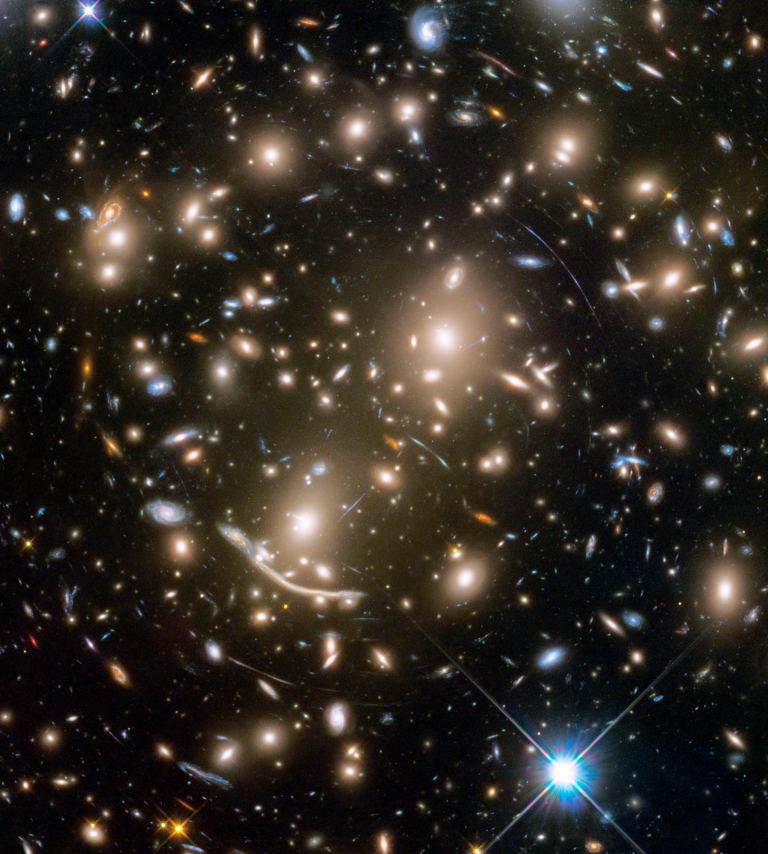
PBHs are supposed to be one of the most promising candidates for explaining what dark matter is. In the early Universe, it is possible that regions of dense subatomic matter have emerged in a natural way. When these regions got dense to a certain point, they could have straightaway turned into black holes. Unlike the astrophysical bodies, PBH did not evolve from stars.
The earlier observations that were made using the JWST and the results from the LIGO/Virgo experiments affirm that PBHs are, in actuality, dark matter. There are even some authors who go further and state that such evidence proves that DM is made up only of PBHs and nothing else.
In addition, new analysis suggest that some of the PBHs formed in the early Universe could have coalesced with each other and the waveforms of the mergers would be within the reach of LIGO/Virgo detectors. This research, titled “Constraints on primordial black holes from LIGO-Virgo-KAGRA O3 events,” is authored by M. Andres-Carcasona, a Ph. D. student under the auspices of the Institute of High Energy Physics, Barcelona Institute of Science and Technology.
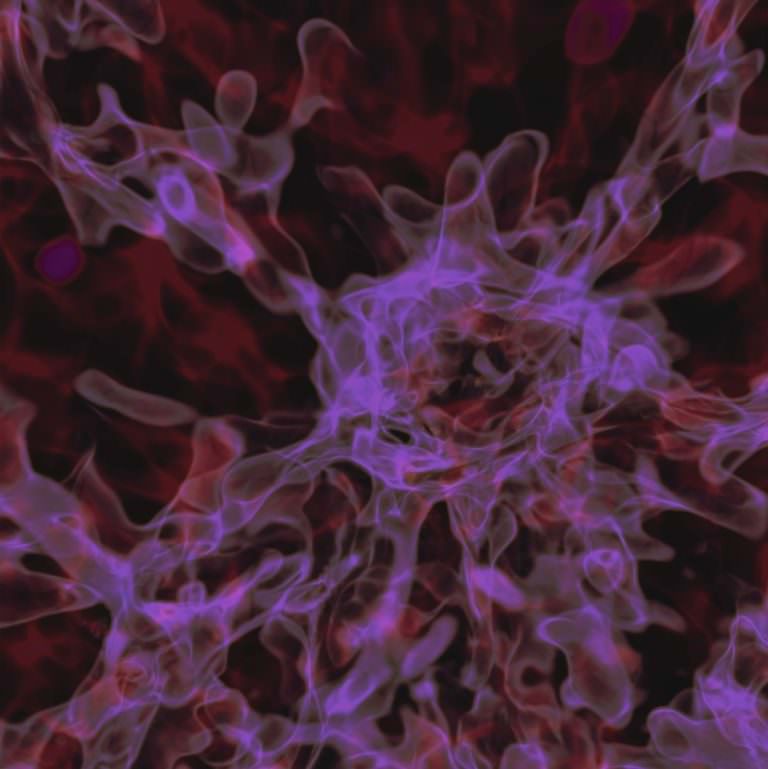
Precisely, in the year 2015, one of the two Laser Interferometer Gravitational-Wave Observatory (LIGO) successfully observed its first black hole coalescing. This was a historic moment towards understanding the Universe in a different approach other than simply using electromagnetic waves to observe space. LIGO along with its partner facility, Virgo, transformed the field.
Today Japan has become a member of LIGO and Virgo through its Karga gravitational wave antenna, creating a triad that is known as the LVK. These three observatories function simultaneously to gather considerable information about the gravitational wave.
Specifically, the authors of a recent study state that there is hope in using the data of gravitational waves in order to find a trace of PBHs. To be specific, for the attempts to search subsolar mass compact objects which would be indicative of PBH , until now it has been unsuccessful.
Thus, the authors mentioned that the other researchers who work in the field of gravitational wave analysis might have missed some signs of PBHs in the huge amount of records. They point out that some component masses are not in the range of astrophysical expectations and could imply a population of PBHs.
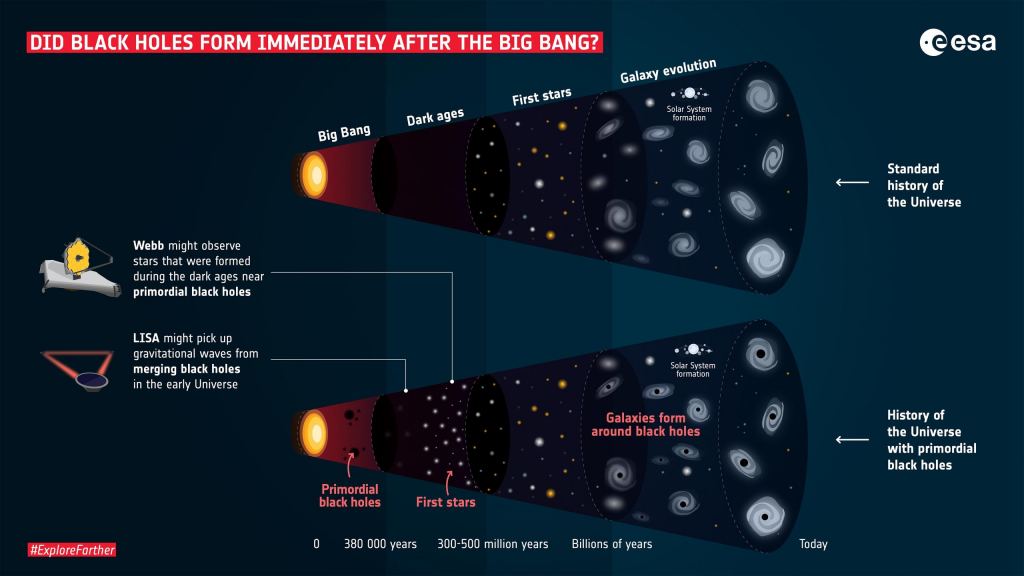
PBH formation is highly dependent on its mass function, which is essential in updating the mass limit in PBHs to the GW data. The authors’ ultimate goal is to obtain constraints that do not depend on the formation process, given different mass functions of PBHs.
The authors discuss two formation scenarios: astrophysical and primordial sources. The formation of PBHs can occur in various ways within the primordial category and is generally associated with the mass function. The authors also point out that PBHs could be entire dark matter if their mass is between 10-16 to 10-12 solar mass.
They note that less massive PBHs would have already evaporated by today and can contribute no more than a fraction of the dark matter mass.
Although astrophysical black holes (ABHs) can form binaries and merge, thus creating gravitational waves, PBHs would also merge and generate gravitational waves. There is a possibility that some of the observed GW data from the third observational run of LIGO/Virgo/Karga could be associated with these mergers. Finally, the authors use a pessimistic scenario where all the GW observations are from ABH mergers and an optimistic scenario where some of them are from PBH mergers.
The research and, therefore, the results contain numerous physical terms and numerous interconnections between these terms. However, the fundamental question remains: Can PBHs account for dark matter partially or in totality?In this direction, the findings contribute to understanding this important issue in the end.
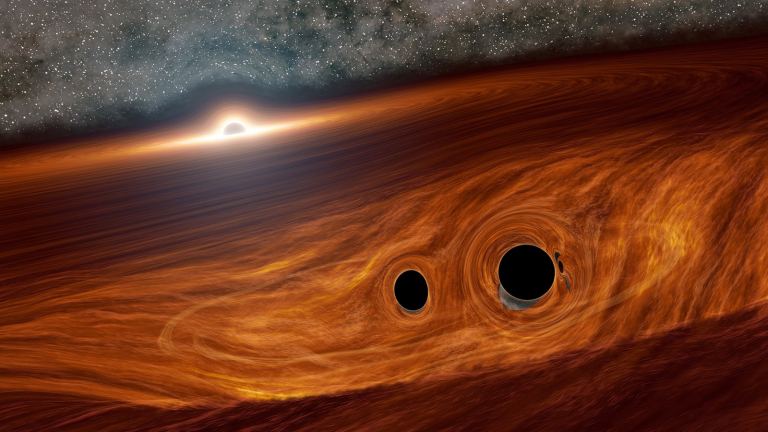
Based on their study of astrophysical and primordial binaries, the researchers have ruled out PBHs as the sole contributor to the dark matter. Rather, they can explain only a small portion of it. Indeed, the researchers discovered that PBHs can at most constitute fPBH in any circumstance, which is inferior to 10^(-3) of dark matter in the mass range of 1-200 solar masses. This research may not make front-page news, but it is a valuable addition to the knowledge base in astrophysics and cosmology. We are gradually getting closer to answering the ultimate questions about the universe and dark matter through many such works. Thus, while we may not yet have the conclusive answer, each study is a step closer to that ‘eureka’ discovery.
Do not forget to share your opinion with us to provide you with the best posts !



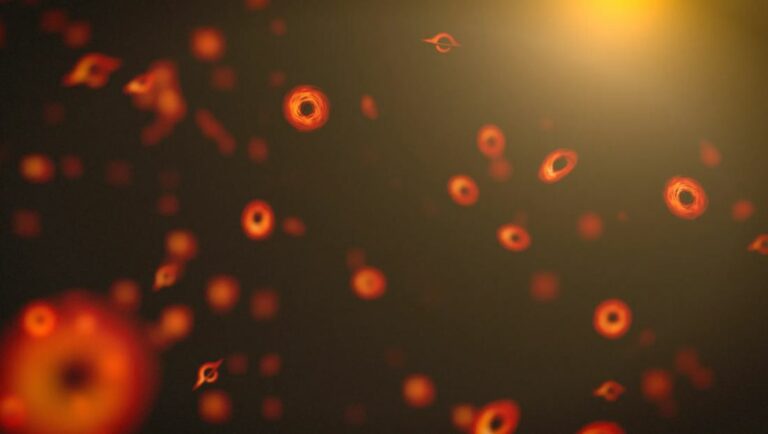
0 Comments